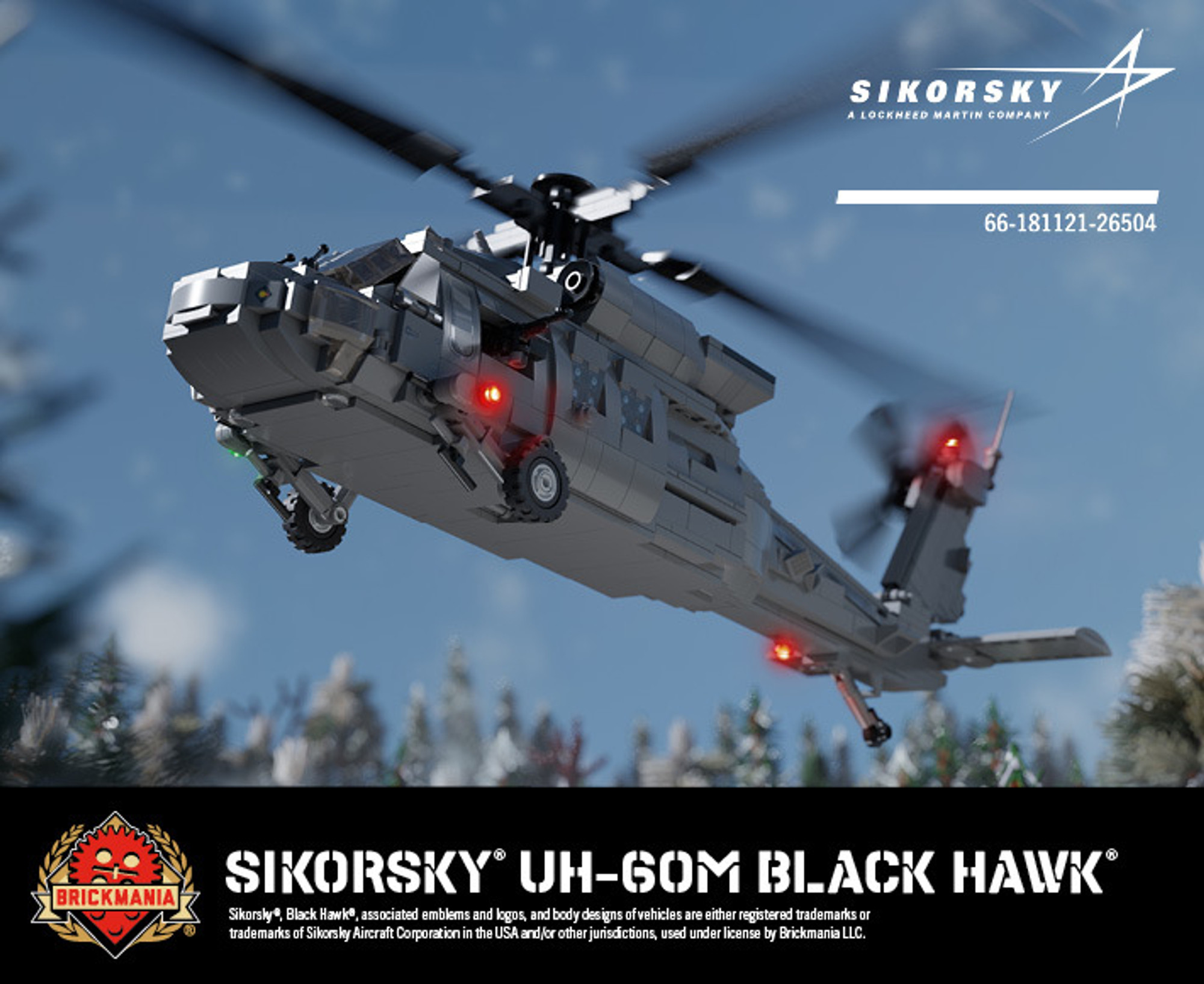UH 60: A Comprehensive Guide to Its Features and Military Applications
UH 60: A Comprehensive Guide to Its Features and Military Applications
Blog Article
The UH 60: A Versatile Airplane for Armed Force and Private Citizen Usage
The UH-60 helicopter, with its beginnings dating back to the late 1970s, has advanced right into a crucial asset for both civilian and army markets. Understanding the complete range of the UH-60's effect may disclose insights into its possible trajectory and value in a progressively complicated functional environment.
Historical Review of the UH-60

Originally, the UH-60 was deployed to support army transport, clinical emptying, and logistical operations. Its intro noted a considerable development in helicopter innovation, incorporating modern avionics and survivability functions. The Black Hawk's capability to operate in challenging settings, consisting of negative climate condition and fight zones, strengthened its credibility as a dependable workhorse.
Throughout the years, the UH-60 has actually undergone numerous upgrades and versions, adapting to the progressing needs of military procedures. Its tradition consists of involvement in key disputes, showcasing its adaptability and efficiency in various situations. The Black Hawk remains a keystone of armed forces aeronautics, demonstrating the enduring value of development in airborne transportation and support.
Armed Force Applications and Objectives
Often released in diverse functional contexts, the UH-60 Black Hawk helicopter serves a plethora of army applications that are essential to goal success - uh 60. This flexible airplane is mostly used for troop transport, allowing fast motion of soldiers to and from battle zone. Its ability enables for the transportation of approximately 11 totally geared up troops, making it an important property for ground pressures
The UH-60 is additionally essential to clinical evacuation objectives, offering quick assistance for damaged personnel under fire. Furnished with innovative medical centers, it can transfer casualties while making certain continual healthcare. The helicopter's energy extends to reconnaissance and monitoring objectives, where it gathers crucial knowledge and improves situational understanding for commanders.
On top of that, the Black Hawk is regularly used for logistical support and supply goals, delivering vital devices and arrangements to soldiers in remote areas. Its adaptability is additional demonstrated with its capability to run in different environments, from urban setups to tough terrains. Overall, the UH-60 Black Hawk continues to be a keystone of modern-day armed forces operations, personifying convenience, dependability, and effectiveness in meeting objective purposes.
Private Citizen Uses and Adjustments
Beyond military applications, the UH-60 Black Hawk helicopter has actually found a variety of private usages and adaptations that display its adaptability. Originally made for troop transportation and logistical support, this airplane has been efficiently adapted for numerous private roles, consisting of emergency clinical services (EMS), firefighting, and search and rescue procedures.
In emergency clinical solutions, the UH-60 can rapidly transport people to health centers, outfitted with advanced clinical equipment and workers. Its rate and maneuverability make it possible for fast reaction in vital circumstances, which is vital in conserving lives. Additionally, the helicopter's huge cabin enables for medical teams to run effectively during trips.
In firefighting, the UH-60 has been modified to bring water or fire resistant, making it an effective device in combating wildfires. Its capability to maneuver and hover in tough terrains supplies considerable advantages over standard ground-based firefighting methods.

Technical Advancements
How has the development of innovation affected the capacities of the UH-60 Black Hawk helicopter? The UH-60 has actually undergone substantial improvements since its inception, greatly enhancing its functional performance.

In addition, the consolidation of composite materials in the airframe has decreased weight while maintaining architectural integrity, adding to raised payload ability and fuel effectiveness. The helicopter's rotor system has additionally taken advantage of technical innovations, such as noise reduction innovations and improved wind resistant style, which boost both performance and stealth capabilities.
Furthermore, the UH-60's adaptability to different objective profiles is augmented by modular systems, making it possible for fast reconfiguration for duties ranging from medevac to troop transportation. uh 60. The introduction of innovative communication systems ensures real-time data sharing and sychronisation during missions, which is vital in modern combat scenarios. Jointly, these technological innovations have changed the UH-60 right into a formidable and flexible asset in both military and civilian applications
Future Potential Customers and Developments

Furthermore, recurring research into alternate power resources, such as hybrid-electric propulsion, offers an opportunity for boosted gas check my source efficiency and decreased environmental effect. This straightens with both army and noncombatant objectives for sustainability. The UH-60's flexibility to various roles, from medical discharge to look and rescue, ensures its continued significance in varied functional contexts.
Moreover, partnerships with defense service providers are fostering developments in weapons and sensing unit innovation, allowing the Black Hawk to successfully counter contemporary risks. As the armed forces landscape progresses, the UH-60's layout will likely welcome modularity, enabling quick reconfiguration based on goal needs. On the whole, the future of the UH-60 is intense, identified by boosted efficiency, convenience, and a steady dedication to satisfy the difficulties of modern warfare and humanitarian efforts.
Conclusion
The UH-60 helicopter exhibits convenience via its double function in armed forces and civilian procedures. As continuous advancements proceed to boost its abilities, the UH-60 remains an essential possession throughout different functional settings.
The UH-60 Black Hawk helicopter, a critical asset in modern-day military aviation, was initially presented in the late 1970s as component of the United state Army's pursuit for a versatile and trusted utility helicopter.Regularly deployed in diverse functional contexts, the UH-60 Black Hawk helicopter serves a wide range of military applications that are essential to goal success. Generally, the UH-60 Black Hawk continues to be a cornerstone of contemporary army operations, symbolizing flexibility, integrity, and effectiveness in satisfying objective objectives.
As the army landscape develops, the UH-60's design will likely accept modularity, enabling for rapid reconfiguration based on mission requirements.The UH-60 helicopter exhibits convenience via its twin these details duty in armed forces and private procedures.
Report this page